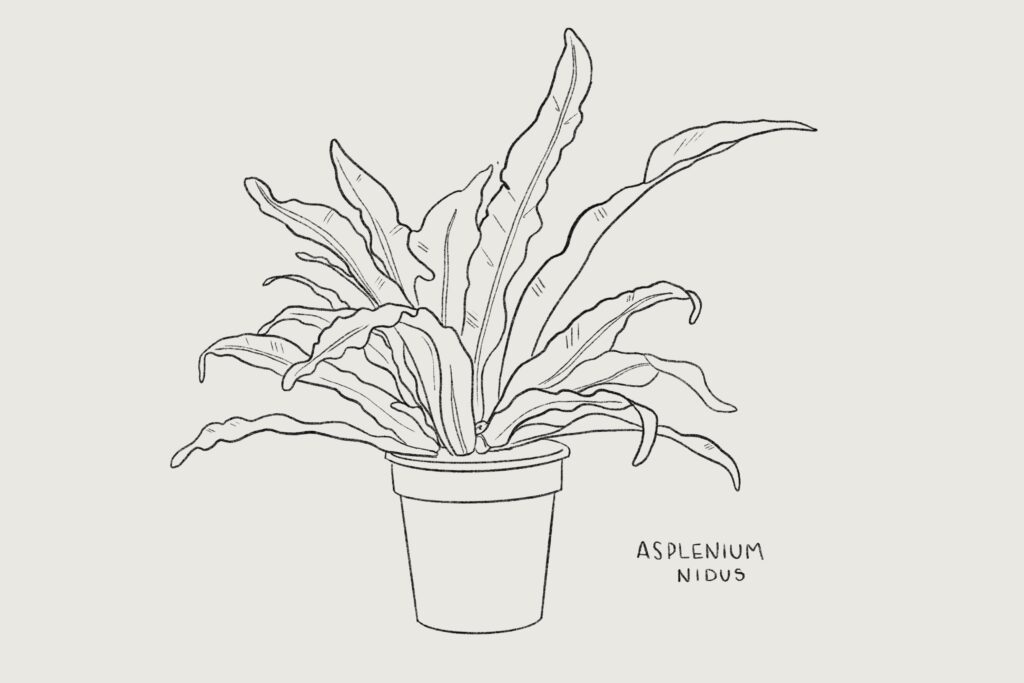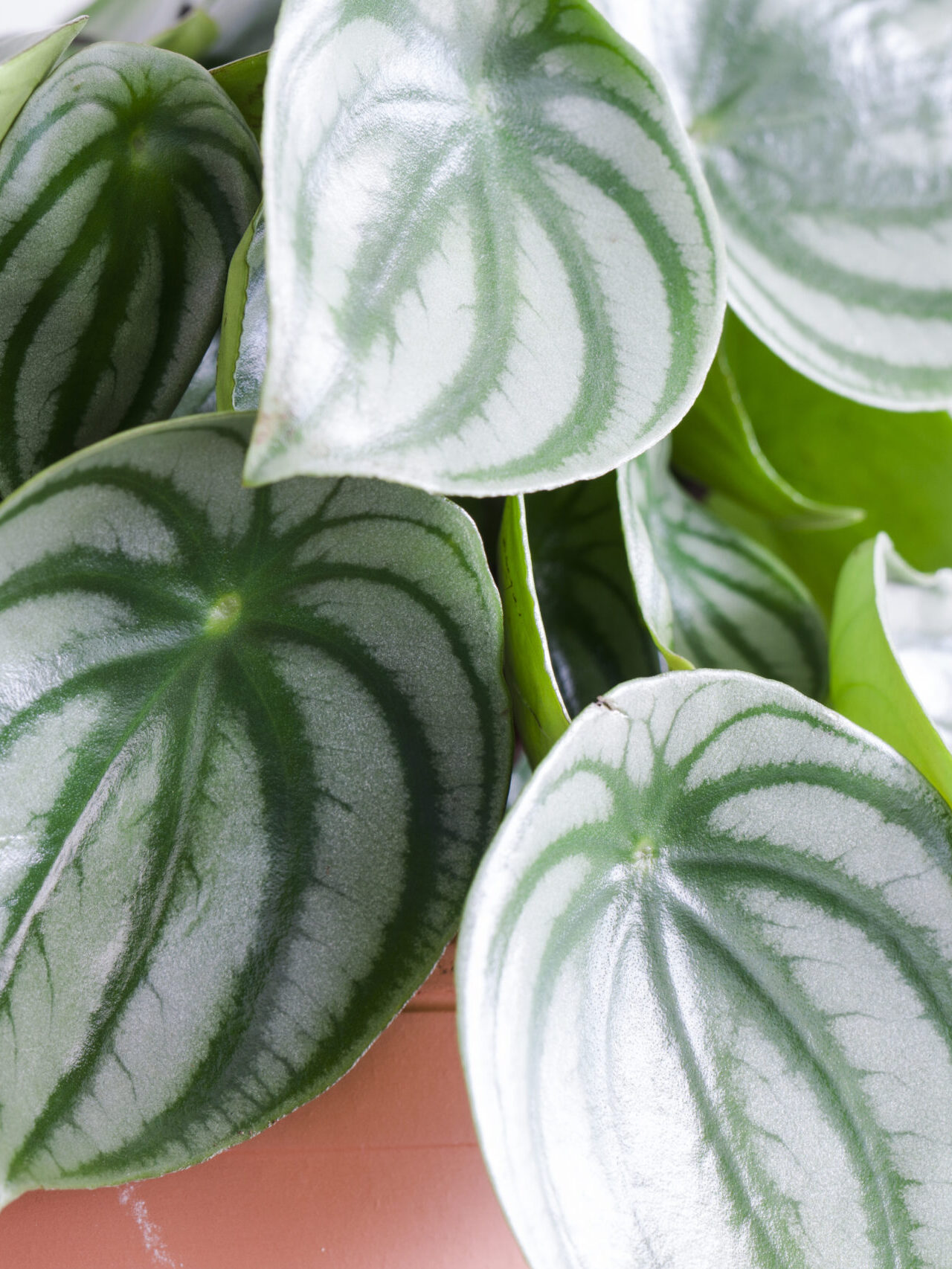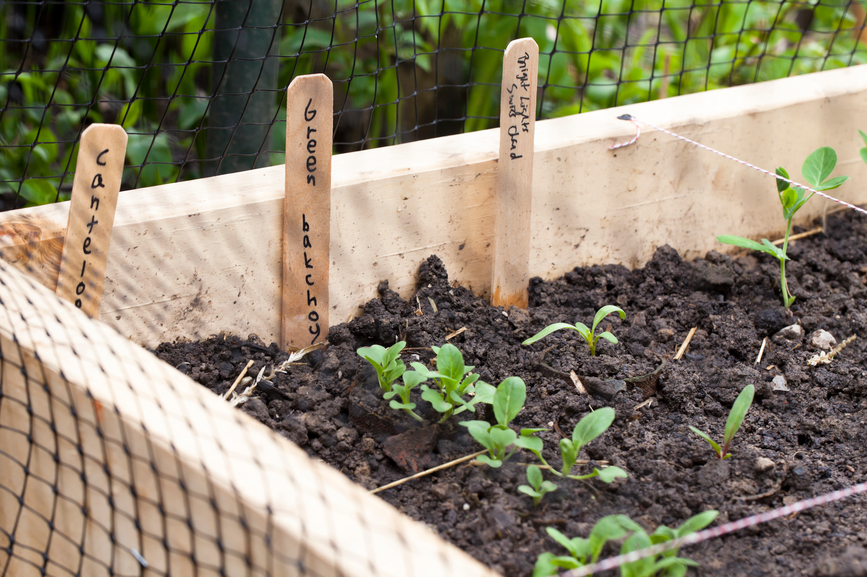Welcome to the second installment of our mini series on bringing life into your home this summer! If you missed the first part of this mini series, read about The Home in Full Bloom: Colour, where we talk about what flowering plants would make perfect additions for rich pops of colour. In this post, we are talking about a group of plants that not only bring the most calming and refreshing colour to the scene, green. But, additionally, bring texture, architecture and a presence. It’s all about the flourishing ferns.
Ferns have long been a fan-favourite house plant. Not only that, they are among the oldest living plant groups in the world, having evolved millions and millions of years ago. Today, they are prized for bringing a lush tropical look while extending the great outdoors inside your home. We’ve selected our current favourites to add to your collections this Summer!
What we love about ferns, is that their care sheet is for the most part consistent across the board.
Basic Fern Care
LIGHT: Ferns grow naturally in shaded areas which means they are great low-light or indirect light options. They don’t need to sit in window sills, rather they’ll thrive a bit away from windows and direct light. If your fern leaves are ever buring, they should to be relocated.
WATER: 2-3 times a week, or whenever the top inch of soil begins to dry. Ferns love water, they will thrive in evenly moist soil, but just like most plants, they don’t do well when they are oversaturated or the soil become soggy with water. That’s where soil is important.
SOIL: To avoid any over watering issues, select a well-draining potting-mix that will allow for some water retention without soaking the roots. For the most part this is the only requirement when it comes to their ideal soil.
HUMIDITY: The fern goes hand in hand with locations like bathrooms and kitchens. Why? Because they are big fans of humidity. If your location does not provide ample humidity, spray your ferns down a couple times a week. A happy fern will show signs of growth, while an unhappy fern will begin to brown.
Bird’s Nest Fern (Asplenium nidus)
Evergreen and ever the showstopper. These ferns are characterized by solid undivided fronds (the botanical term for the fern “leaf”), that feature a dark central rib running down the middle of each frond. Depending on the variety, the fronds can be a consistent width or tapering with a range of leaf margins from smooth to crinkly.
The name “Bird’s Nest” derives from what is known as the central rosette, new fronds are fuzzy and rounded similar to that of bird’s eggs, and grow from that central rosette. When you see new fronds coming in be sure to never touch them, although it can be rather tempting!
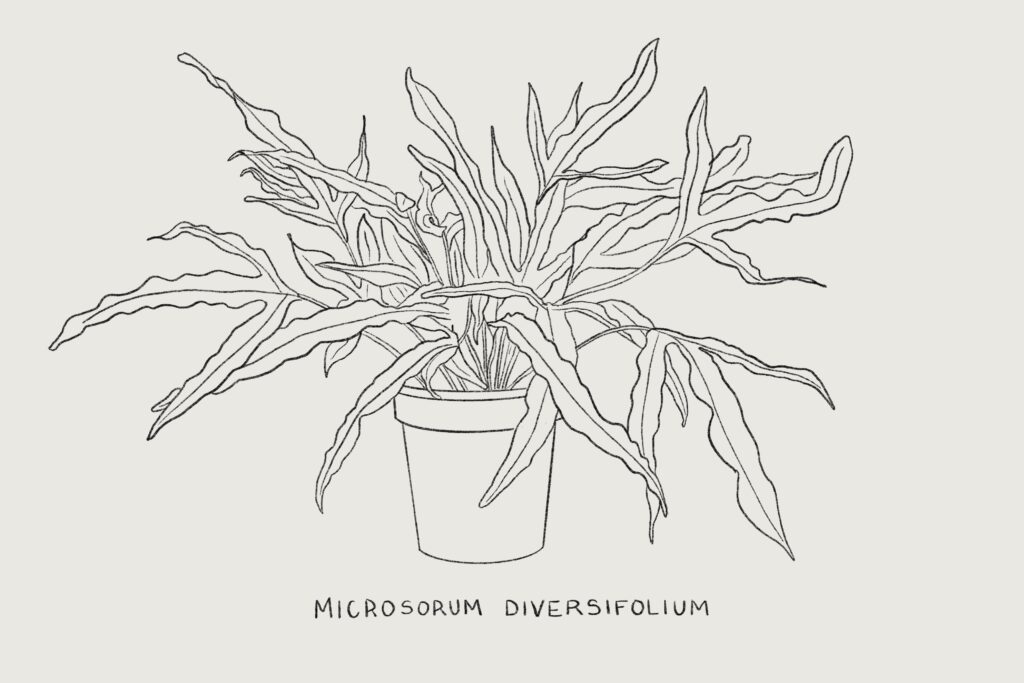
Kangaroo Paw Fern (Microsorum diversifolium)
New to the world of ferns? Look no further than the Kangaroo Paw Fern. Of all the ferns on our list, they are the most forgiving to those entering into fern care. Their bright green fronds grow out of fuzzy, creeping rhizomes, while the shape of frond resembles that of a kangaroo paw. Hence the name! They grow quickly and can get rather large. They’re a perfect choice for both hanging baskets as they eventually begin to waterfall over the edges.

The Crocodile Fern (Microsorium musifolium ‘Crocydyllus’)
We’re starting to see a trend here when it comes to common names! The Crocodile fern gets its name from the fact that its fronds have a segmented design resembling leathery reptilian scales. These fronds can grow long and will often be wavy at their margins. Like most ferns, the Crocodile fern has a fairly shallow root system and won’t complain about being root bound. So you don’t have to worry about repotting if your fern is growing well.
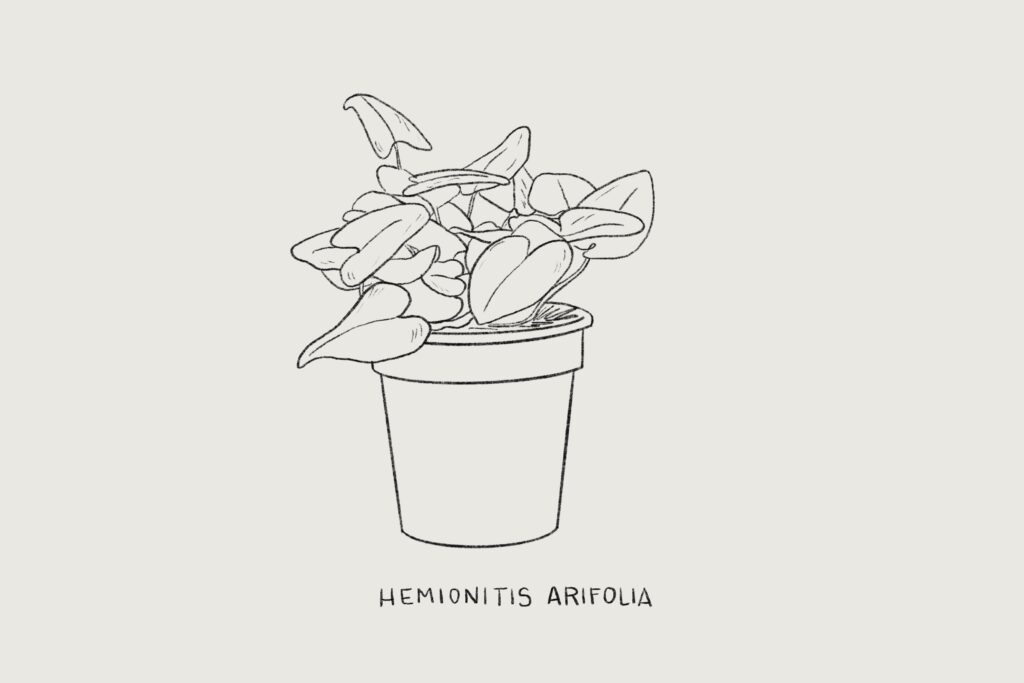
Heart Fern (Hemionitis arifolia)
Combining the richest of dark greens, and large heart shaped fronds, this dwarf-fern brings both architecture and movement to any space. Each frond is born on a dainty black stem that sets a very elegant tone for this lovely houseplant. This is a fairly compact species that tends to grow only up 10 inches tall. It’s a great addition to a bathroom or a nook in your kitchen.
Did you Know? The ferns mentioned above are non-toxic to both cats and dogs. If you ever see one of your furry friends nibbling away, know that they are safe to do so. It’s the fern that may not be as safe1
We here at Emerson Wild hope you enjoy welcoming ferns into your homes this season. Have you read our 2022 Spring/Summer Trend Report yet? If not, sign up for our email list to receive it today! And, be sure to follow with us on Instagram and on Pinterest where we are always pinning the latest trends on all things garden and home.

